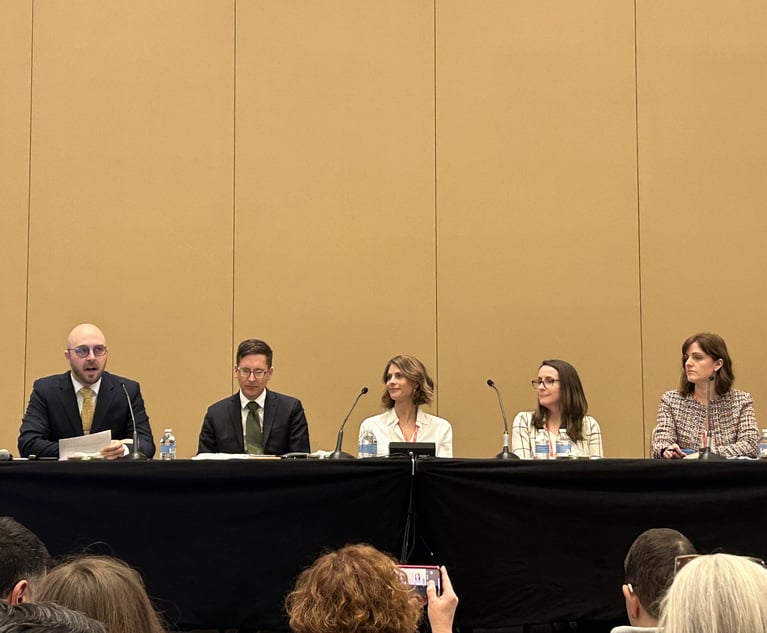This is the second article in a two-part series analyzing how retail brands can mitigate their liability exposure in connection with today’s ever-increasing mix of biometric privacy laws while using virtual try-on technology. Part one discussed the expanding biometric privacy liability risks associated with the use of today’s increasingly popular virtual try-on features. Part two provides tips and strategies for brands that currently use, or are contemplating the use of, virtual try-on features to maximize effectiveness while minimizing their potential biometric privacy liability exposure.
Retail brands that utilize facial recognition-powered virtual try-on technology have recently become a primary target for bet-the-company biometric privacy class action lawsuits brought under the Illinois Biometric Information Privacy Act (BIPA). The Federal Trade Commission (FTC) has also quickly emerged as a sizeable liability threat for brands that utilize this technology, as the FTC has made policing facial recognition a top priority of the agency for the foreseeable future.


 Credit: HQuality/Shutterstock.
Credit: HQuality/Shutterstock.




